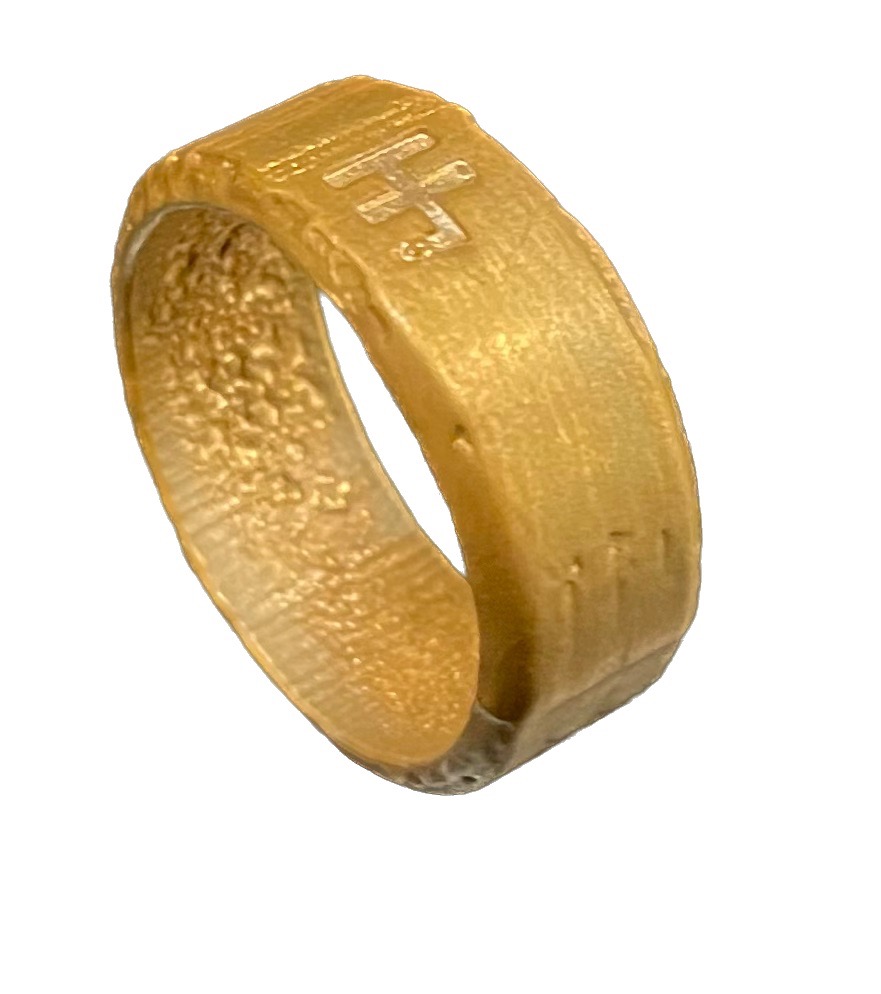

This week I'm continuing my journey of making an NFC ring. Refer to week 3 for a full explanation of what this means, but tl;dr we're talking about a ring that can tap into campus card scanners.
Last time, the approach I took involved 3D printing from start to finish which meant the electronics are exposed and the size of the antenna is limited to the area of the bezel.
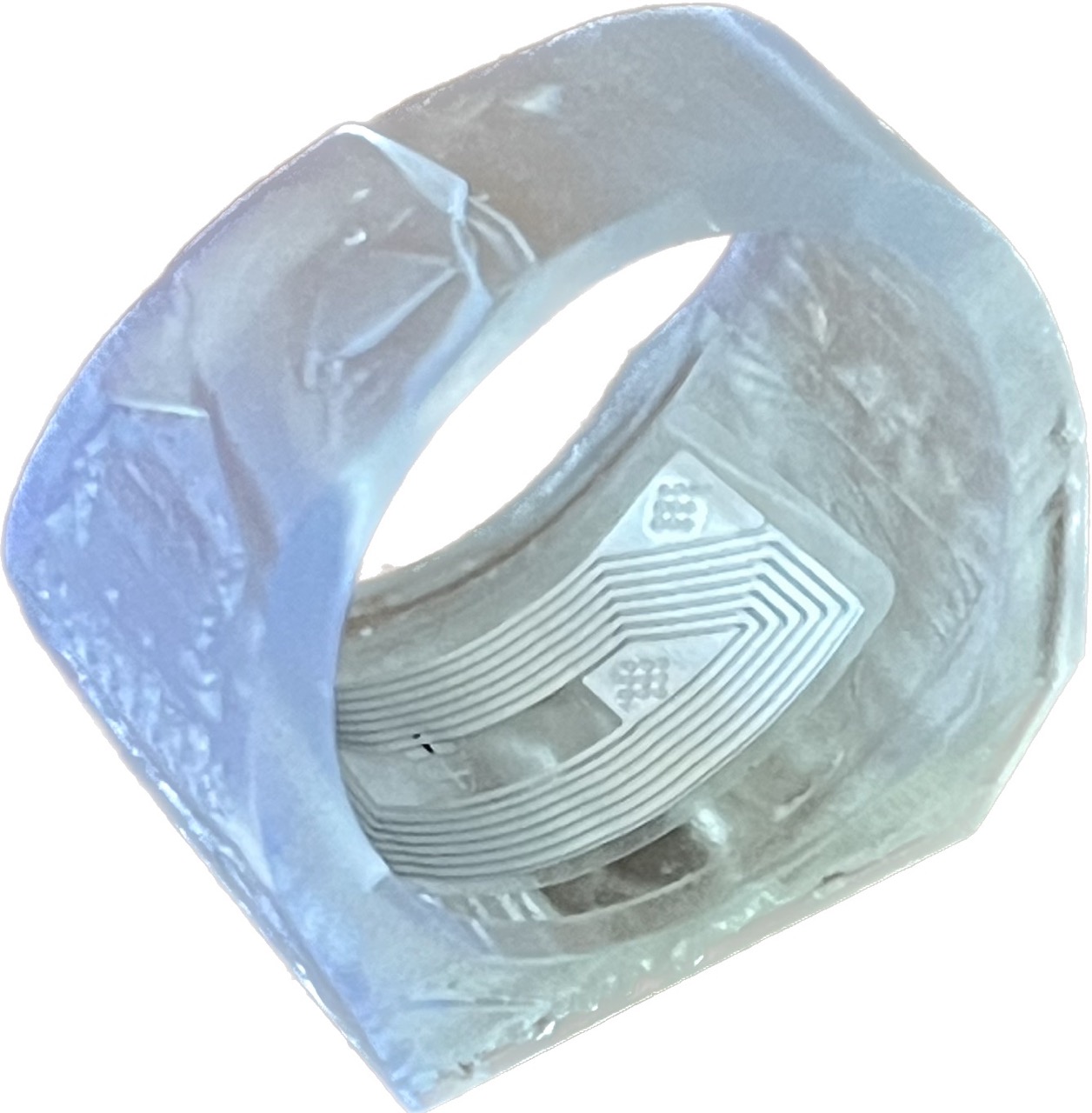 The small grey lines are the antenna
The small grey lines are the antenna
In NFC land, a smaller antenna means less range and more hassle to actually tap into anything. But why restrict ourselves to such a small area when the entire volume of the ring could be an antenna.
The approach I took, largely inspired by this involves a resin 3D printed shell which houses the electronics and is then covered in epoxy.
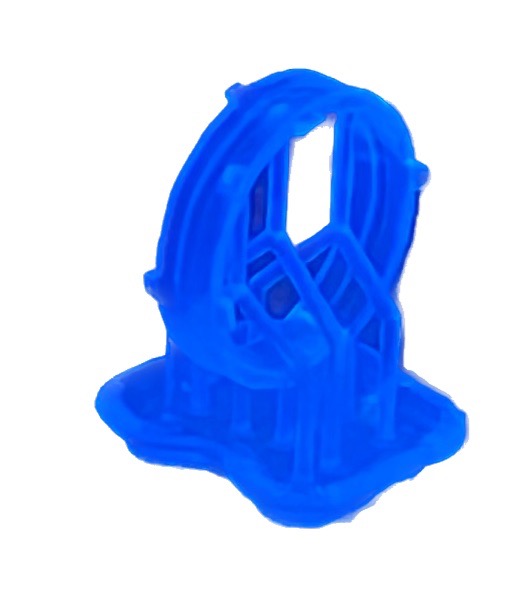 (#1) 3D Print a shell of the ring on the Forms 3
(#1) 3D Print a shell of the ring on the Forms 3
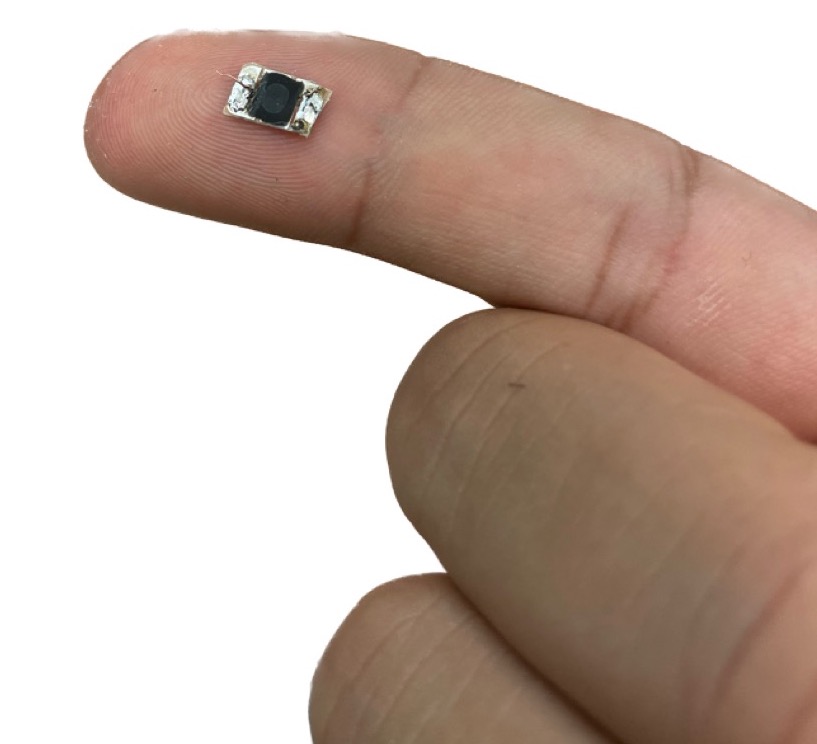 (#2) Extract the NFC chip from one of those keychain
(#2) Extract the NFC chip from one of those keychain
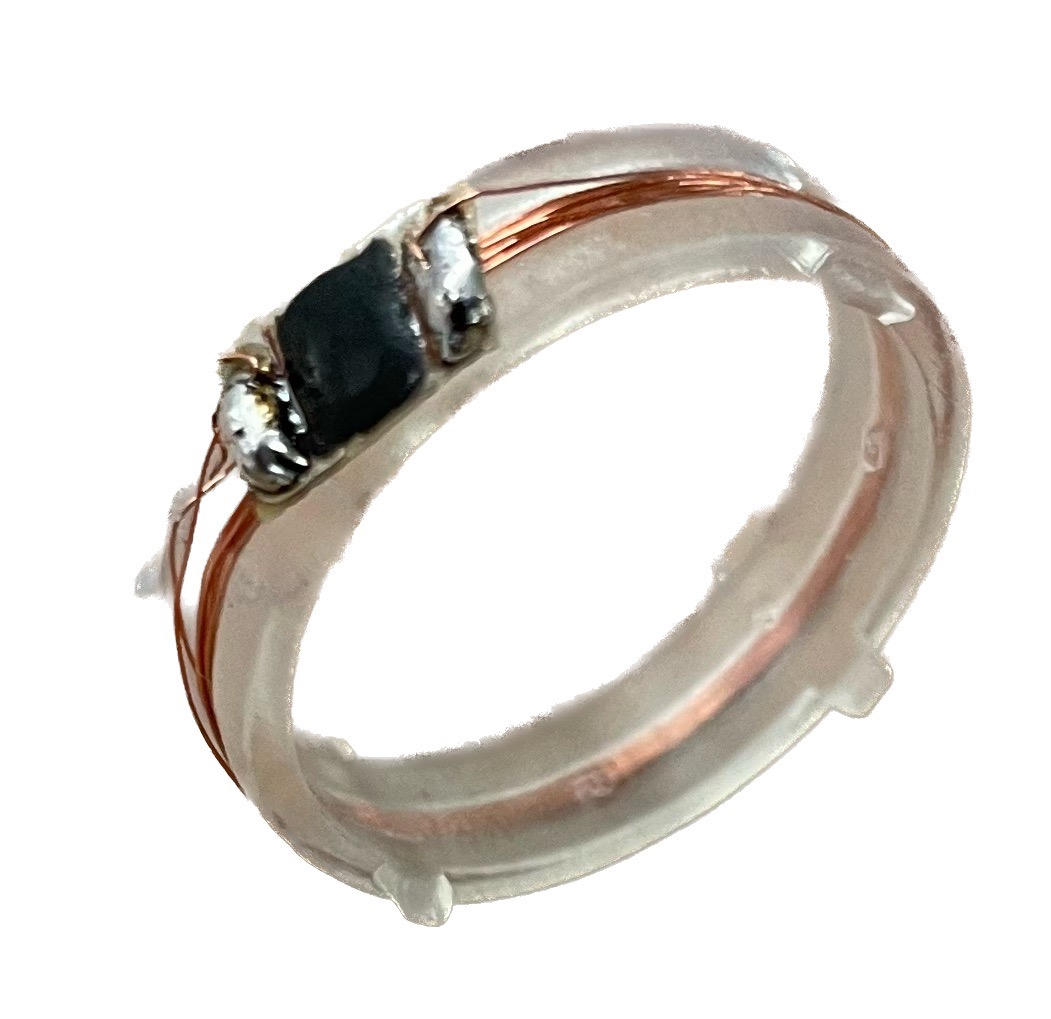 (#3) Use 35 AWG enameled copper wire to wrap a new antenna
(#3) Use 35 AWG enameled copper wire to wrap a new antenna
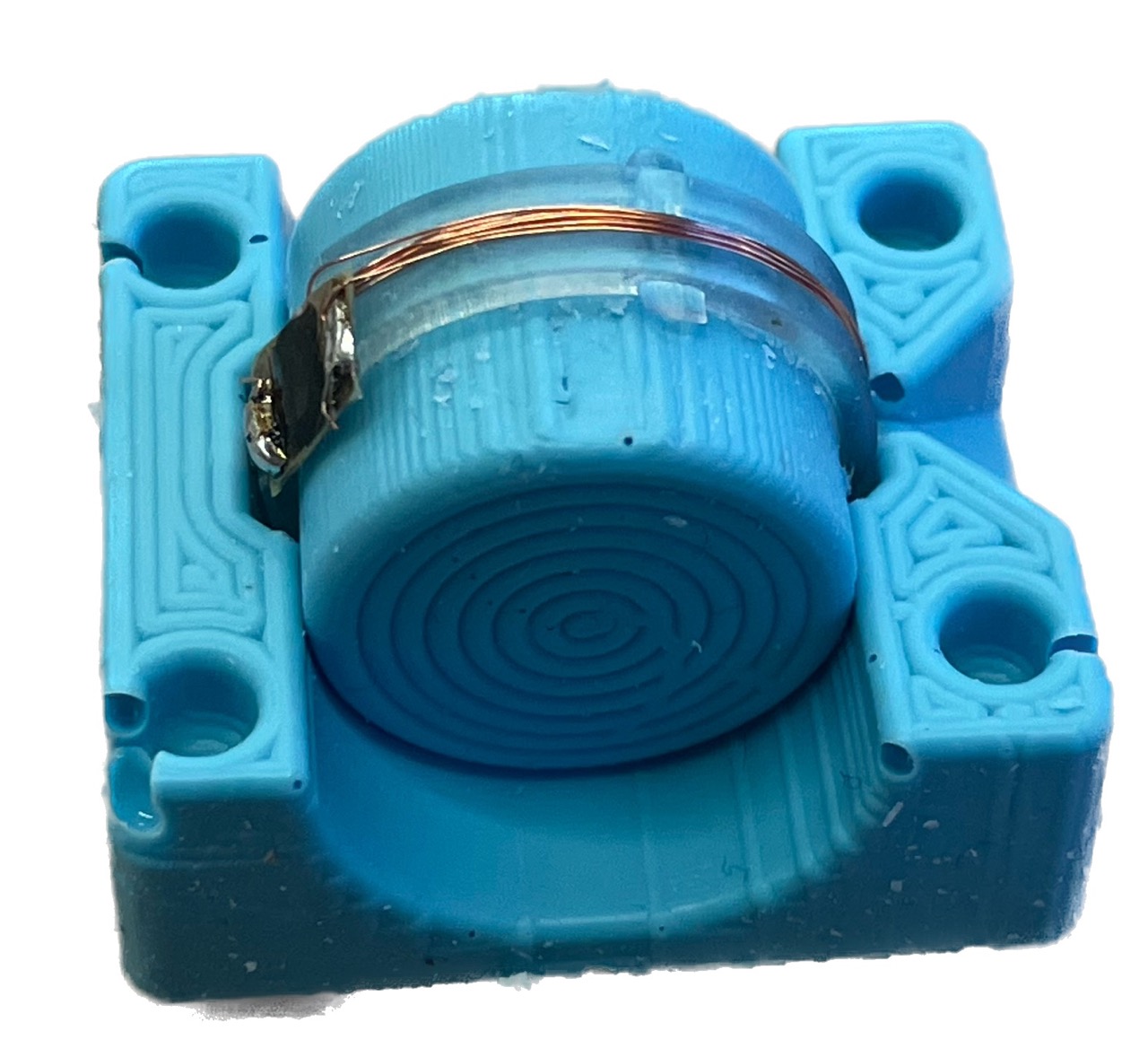 (#4) Wrap the whole assembly in a mold, where it will be cast in epoxy
(#4) Wrap the whole assembly in a mold, where it will be cast in epoxy
The most time consuming part of this week's assignment is creating a mold to cast in. We need to first carve a negative of a negative of our part out of wax. Negative of a what now? It can be a little tricky to understand this, but the idea is that wax itself is too hard to be useful as a mold but we can't mill a more flexible material directly. So we cast a mold out of two part silicone first. Here's what I came up with:
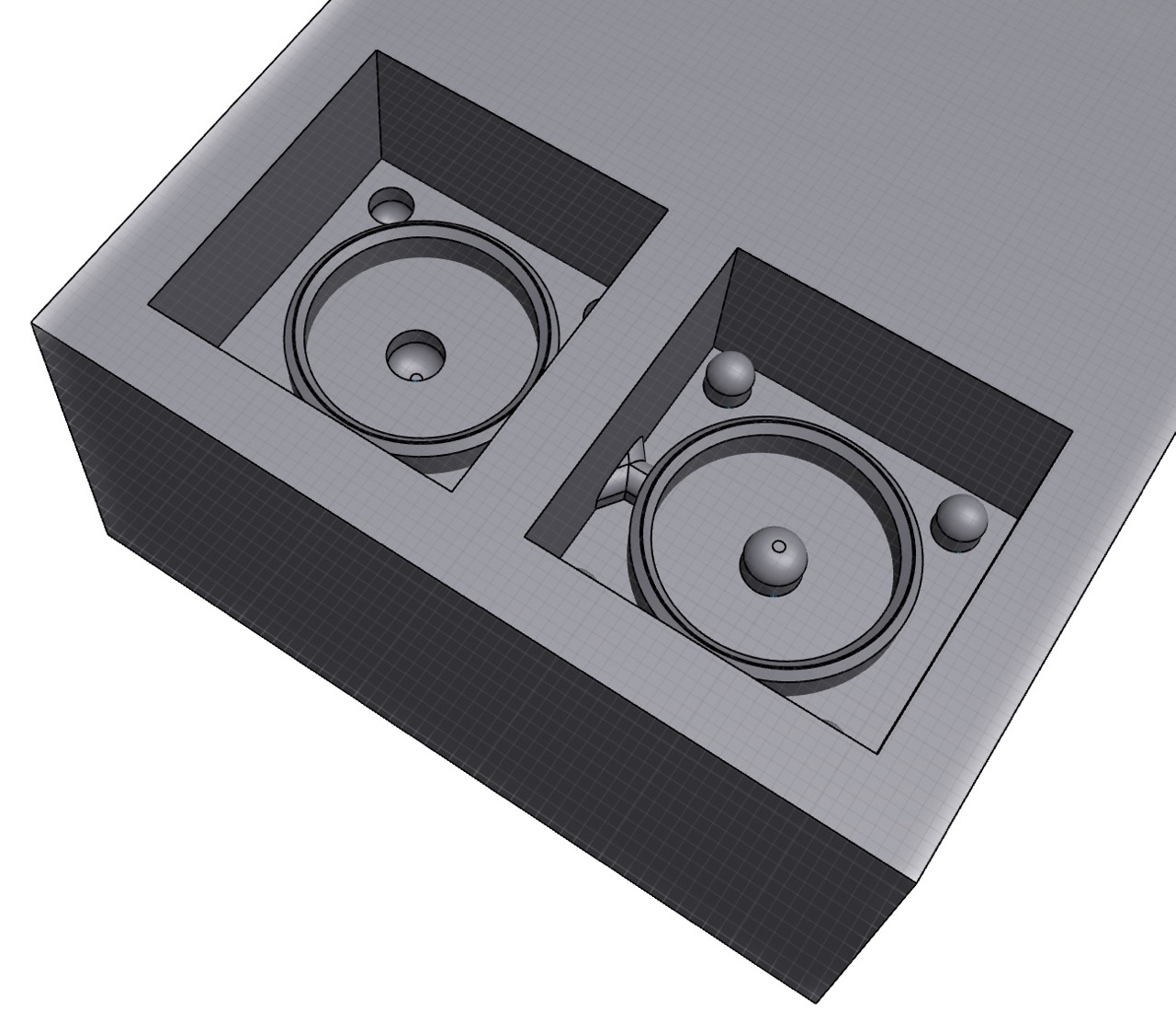 Simple two part mold for the ring
Simple two part mold for the ring
Also, using boolean operations in a CAD software is a good sanity check:
...But also doesn't guarantee it will work. For example, the mold above is impossible to mill on a 2.5D axis CNC. So I had to rethink this mold into a three-part:
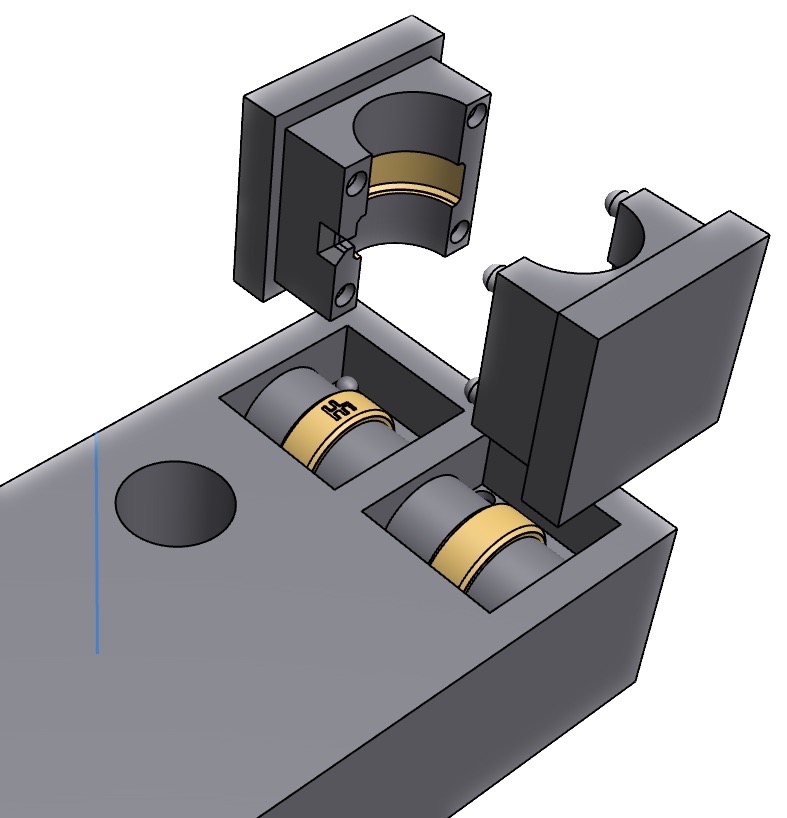 Three part mold for the ring
Three part mold for the ring
Much better! Now it's possible to machine the little icon on the ring.
This week I learned about a skill I never knew would be needed in 2023: computer aided manufacturing (CAM). Turns out, milling is not as simple hitting "go" and occasionally swapping parts. There's a whole workspace within Fusion360 dedicated to planing out the tool paths for a given 3D model. Notably, good CAM helped my design go from some 11 hours of machine time to just 2.
Anyways I milled it on the Bantam Tools Mill (same as last week) using 1/8", 1/16" and 1/64" flat end mills. The finishing is very rough where it doesn't matter, but the 1/16" tool spent lots of time around the ring itself.
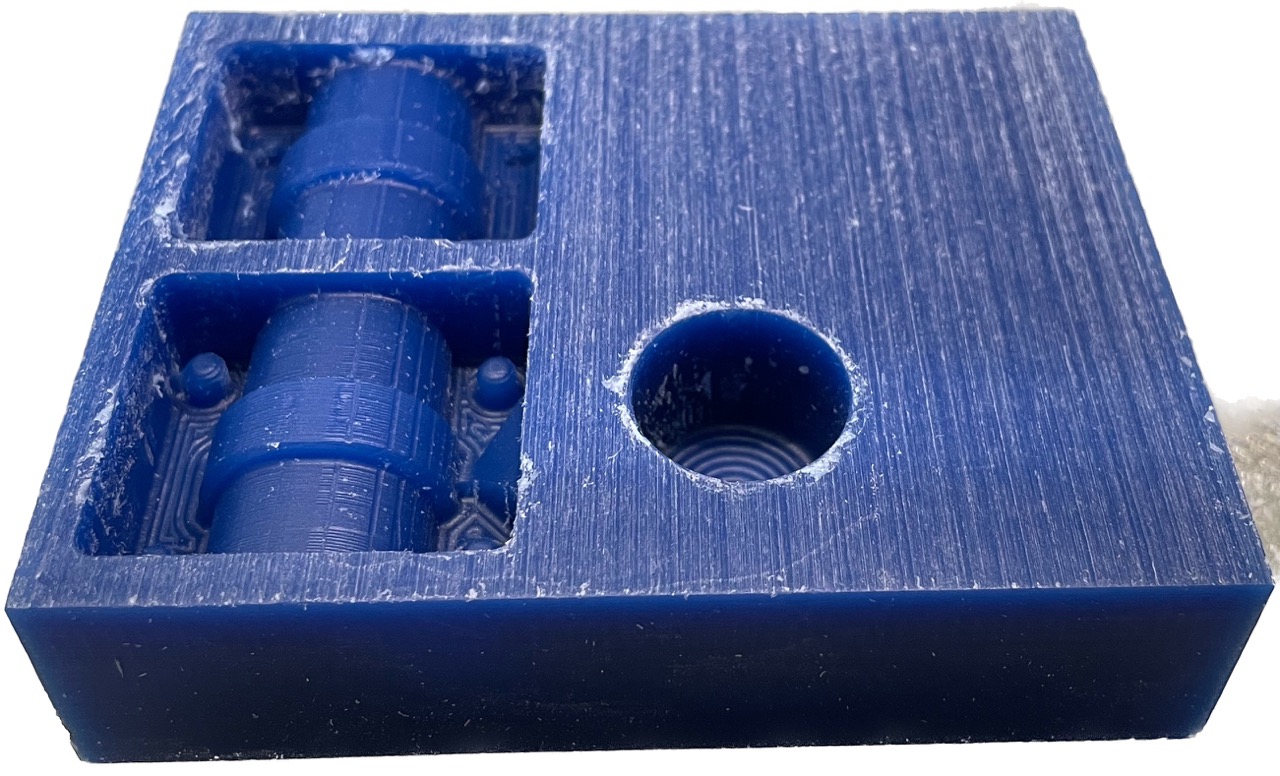
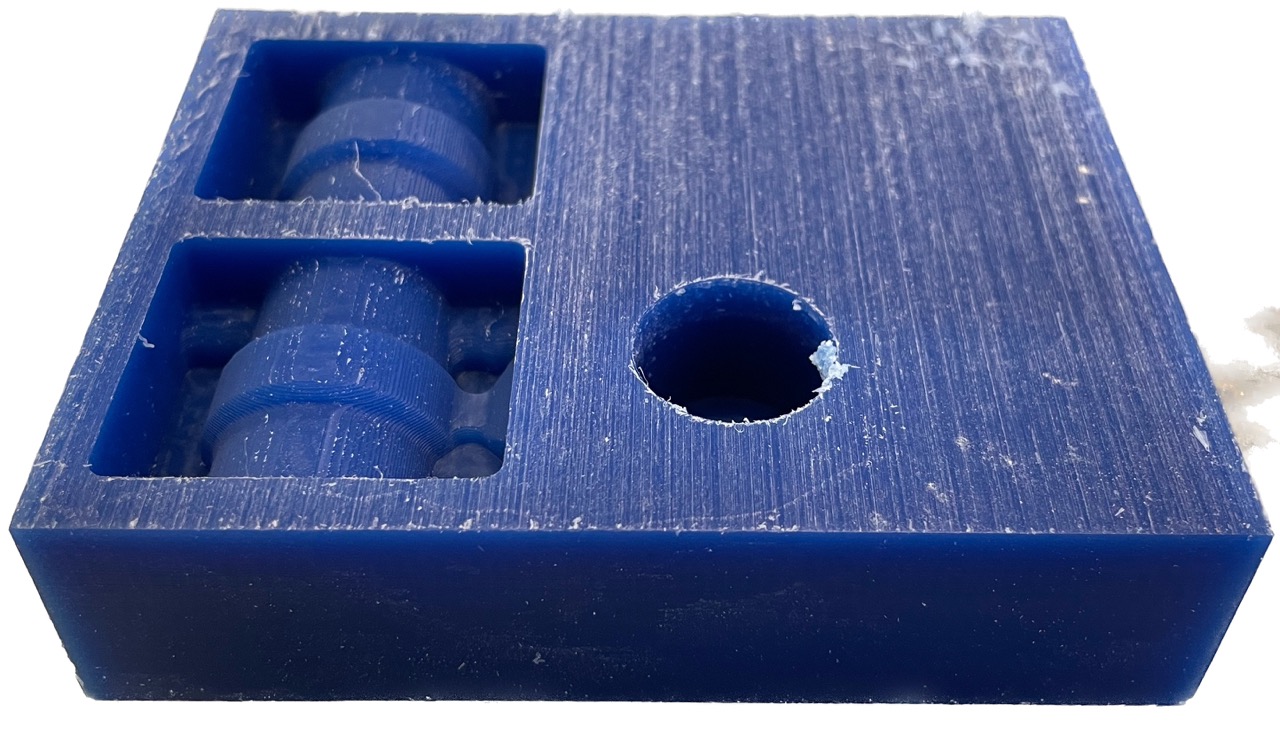

So that concludes this week. The idea is still to make an NFC Brass Rat so I'll take what I learned here into that project.
Annnd we're back! During output devices week, my section had metal casting with roto281. It's a low-temp metal that we melt in (literally) a toaster oven. It's also well within the thermal range of oomoo.
So, I cast my ring!
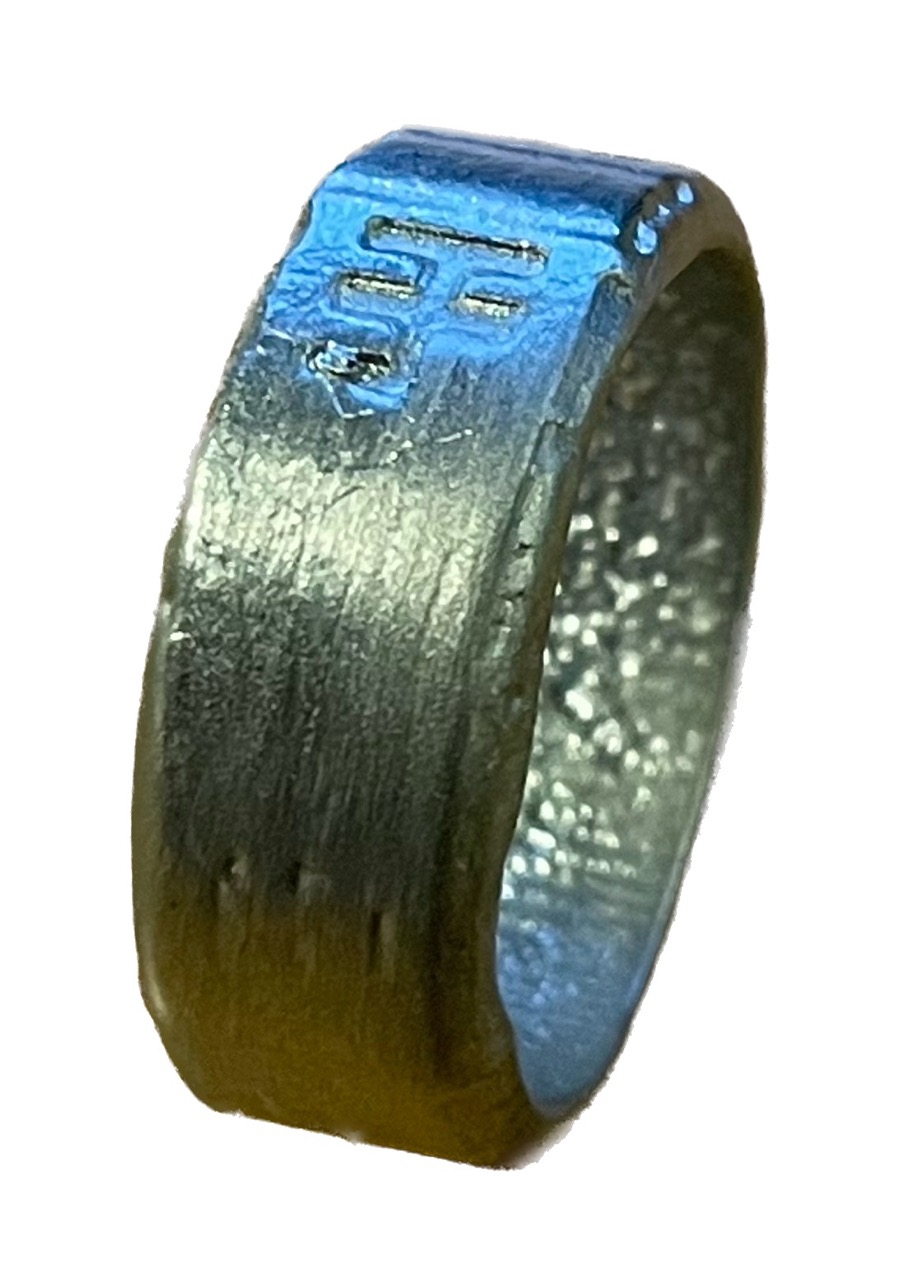 Ring, cast in Roto281
Ring, cast in Roto281
I was surprised how well the metal flooded the mold. That being said, the surface finish is not great. Most of that is due to machining marks on the initial wax mold; for the final ring (brass rat), I'd like to try printing a negative of my mold using SLA printing (much better surface finish and details) or the mold itself with high-temp resin.
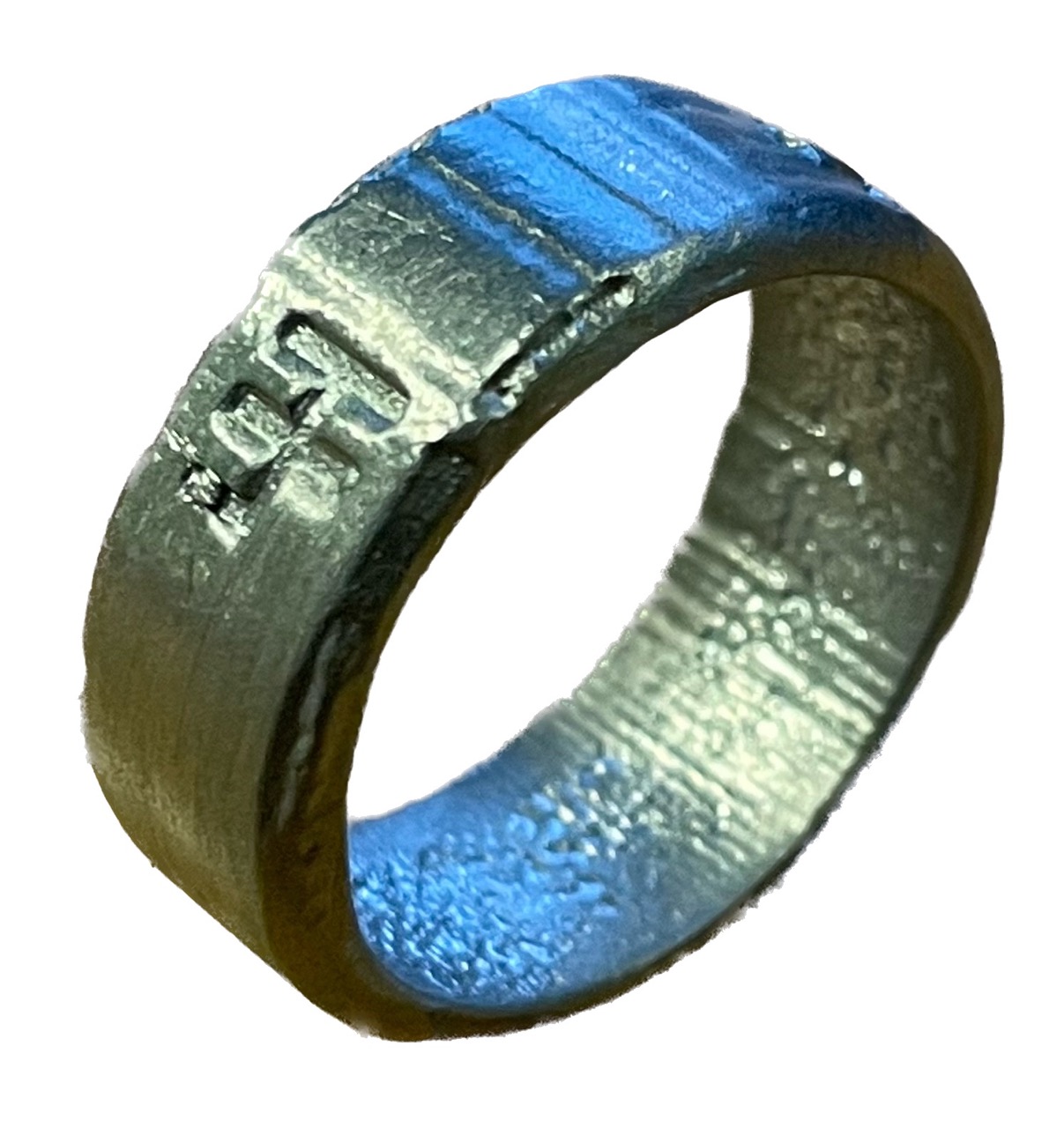 Surface imperfections
Surface imperfections
But now for the exciting part: electroplating!
Shout-out to Dr. Steven Nagle whose electroplating setup I was able to use. He demonstrated the whole process and it ended up taking a little over 30 minutes.
 Cleaning the ring, i.e. removing all the bio stuff
Cleaning the ring, i.e. removing all the bio stuff
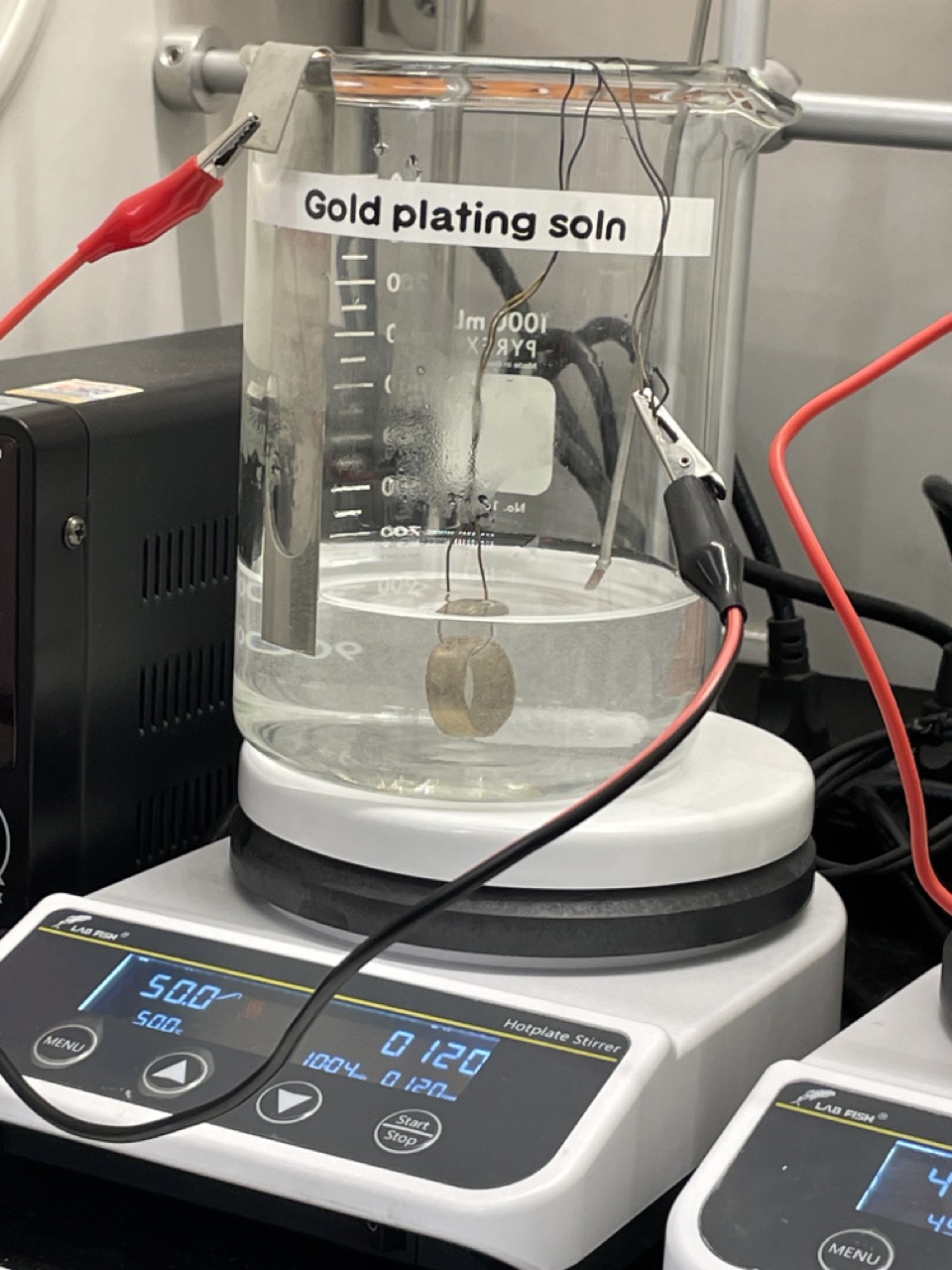 The ring in a bath of gold electrolytes
The ring in a bath of gold electrolytes
And the results:
 It's not polished, but that's gold!
It's not polished, but that's gold!
 Ring, again
Ring, again
So this side-quest project is looking promising! I'll be wearing that ring for a few days to see how it handles wear and tear but otherwise I think I've tried-and-tested every process to replicate my brass rat (+ make it gold, + have an RFID chip).
P.S. Actually one consideration is skin depth on the RFID chips; electroplating a faraday cage around the antenna is counterproductive but certain frequencies can work.